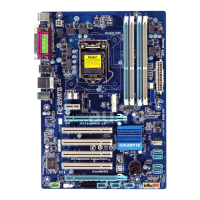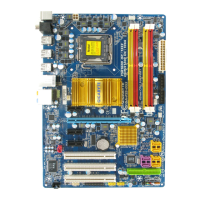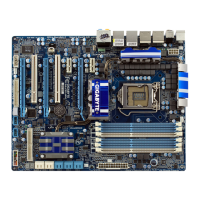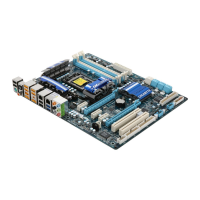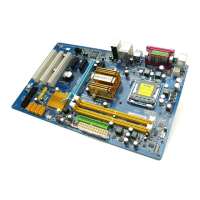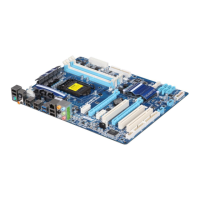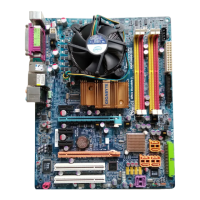
Do you have a question about the Gigabyte GA-PH67-DS3-B3 and is the answer not in the manual?
| Non-ECC | Yes |
|---|---|
| Memory voltage | 1.5 V |
| Memory channels | Dual-channel |
| Number of memory slots | 4 |
| Maximum internal memory | 32 GB |
| Supported memory clock speeds | 800, 1066, 1333 MHz |
| Processor socket | LGA 1155 (Socket H2) |
| Processor manufacturer | Intel |
| Compatible processor series | Intel Celeron, Intel Pentium |
| Maximum number of SMP processors | 1 |
| USB 2.0 connectors | 3 |
| Number of SATA III connectors | 2 |
| Number of Parallel ATA connectors | 0 |
| USB 2.0 ports quantity | 6 |
| Component for | PC |
| Motherboard chipset | Intel® H67 |
| Audio output channels | 7.1 channels |
| Motherboard form factor | ATX |
| Compatible operating systems | Windows 7/Vista/XP |
| On-board graphics card | No |
| RAID levels | 0, 1, 5, 10 |
| Bundled software | Norton Internet Security |
| LAN controller | Realtek RTL8111E |
| Ethernet interface type | Gigabit Ethernet |
| BIOS type | AWARD |
| ACPI version | 1.0b |
| BIOS memory size | 64 Mbit |
| Depth | 215 mm |
|---|---|
| Width | 305 mm |
Visual representation of motherboard components and connectors.
Schematic illustrating functional connections between motherboard components.
Essential safety guidelines and procedures before installing hardware.
Detailed technical specifications of the motherboard components.
Step-by-step instructions for installing the CPU and its cooler.
Guide on installing RAM modules, including dual-channel configuration.
Procedures for installing expansion cards into available slots.
Identification and description of all external and internal motherboard connectors.
Screens displayed during the computer's initial startup process.
How to navigate and interact with the main BIOS setup interface.
Settings for CPU and memory overclocking and performance tuning.
Configuration of system date, time, and basic hardware settings.
Advanced system settings including boot order and security options.
Settings for onboard devices like SATA, USB, and LAN.
Options for managing system power states and saving energy.
Displays system temperatures, voltages, and fan speeds.
Procedures for loading fail-safe or optimized default BIOS settings.
How to set supervisor and user passwords for BIOS access.
Options to save changes and exit the BIOS setup utility.
Step-by-step guide to install essential chipset drivers.
Installing bundled utilities and applications from the driver disk.
Accessing technical guides, driver disk contents, and contact details.
Viewing system details and accessing online updates.
Installing newly released GIGABYTE utilities for system management.
Tool for compressing, backing up, and restoring system data.
Using Q-Flash and @BIOS for updating the system BIOS.
Software for system tuning, overclocking, and monitoring in Windows.
Utility for sharing data with computers on a network via LAN.
Suite of utilities for system management, boot speed, and security.
Enabling system power savings using a Bluetooth cell phone.
Utility for configuring RAID arrays to enhance storage performance.
Overclocking utility accessible via Internet-connected devices.
Steps for installing and configuring SATA drives and RAID arrays.
Setting up 2/4/5.1/7.1 channel audio, S/PDIF, and microphone.
Frequently asked questions and a step-by-step troubleshooting guide.
